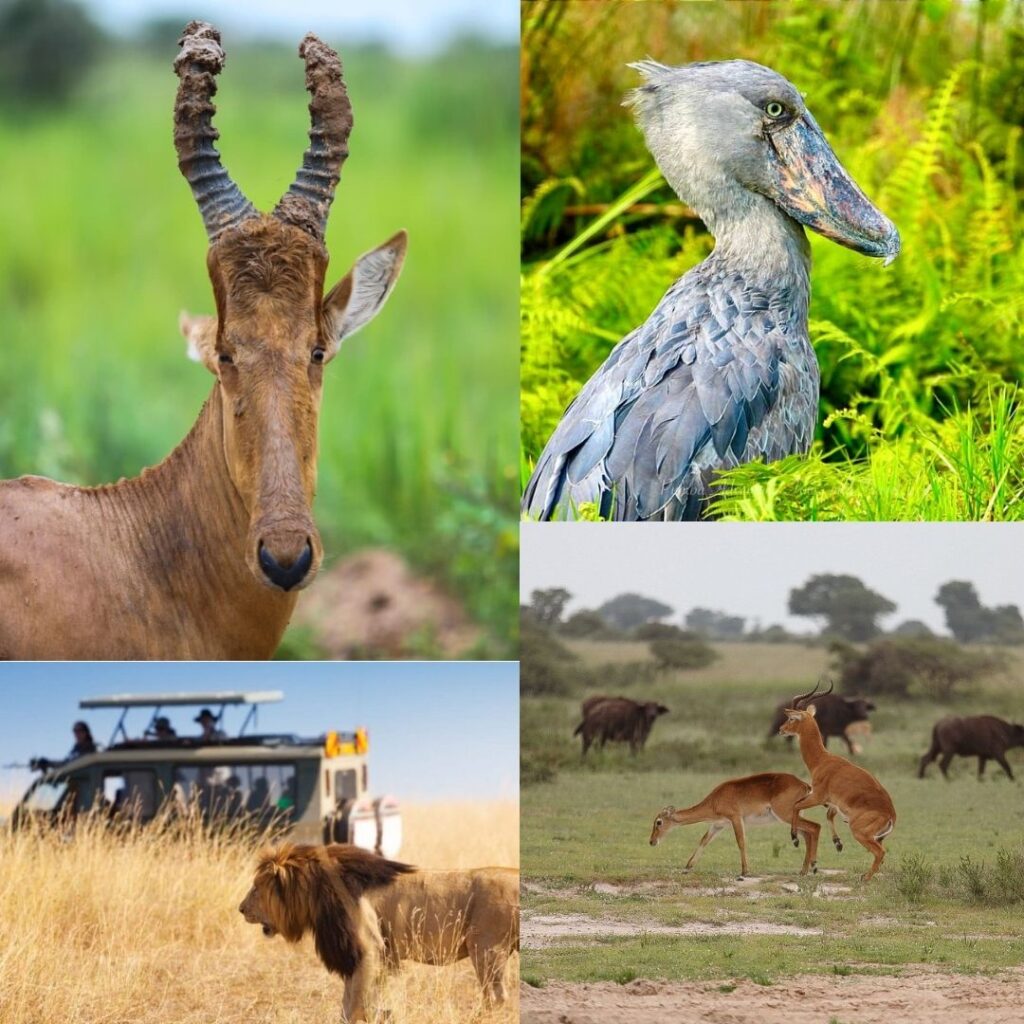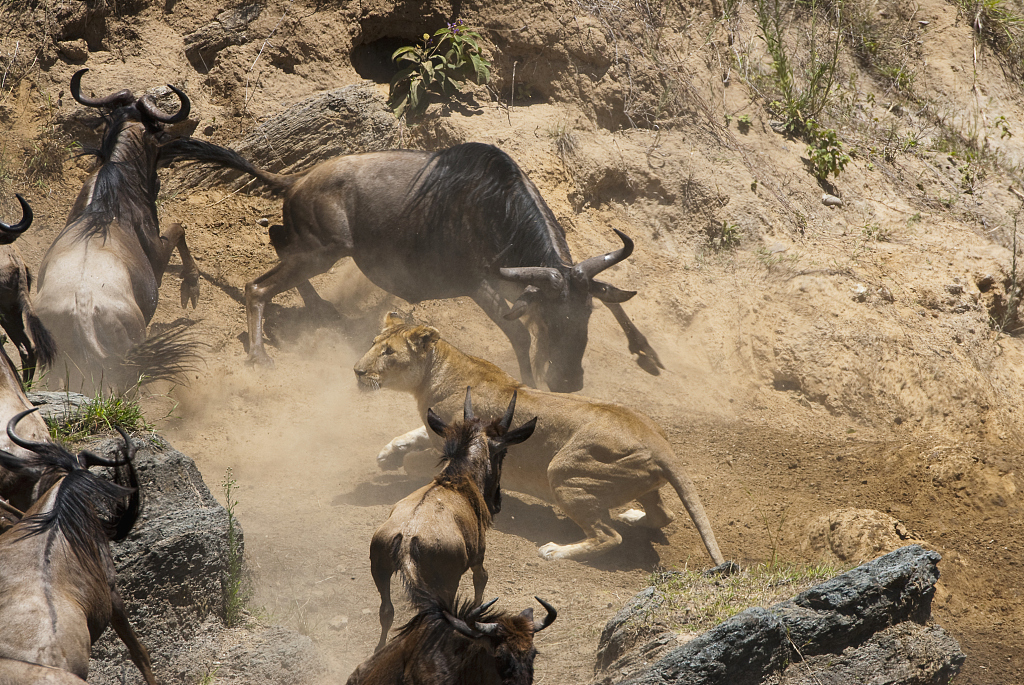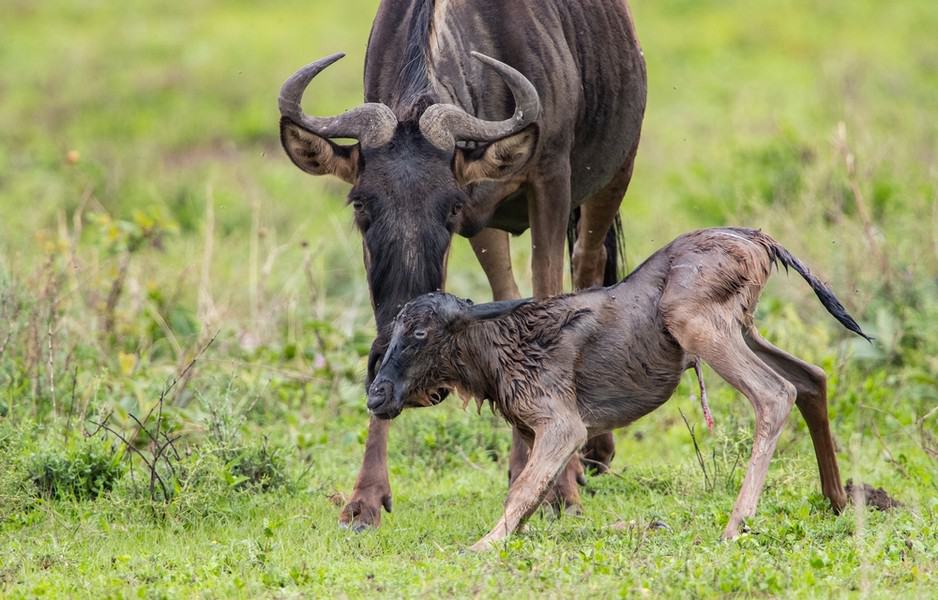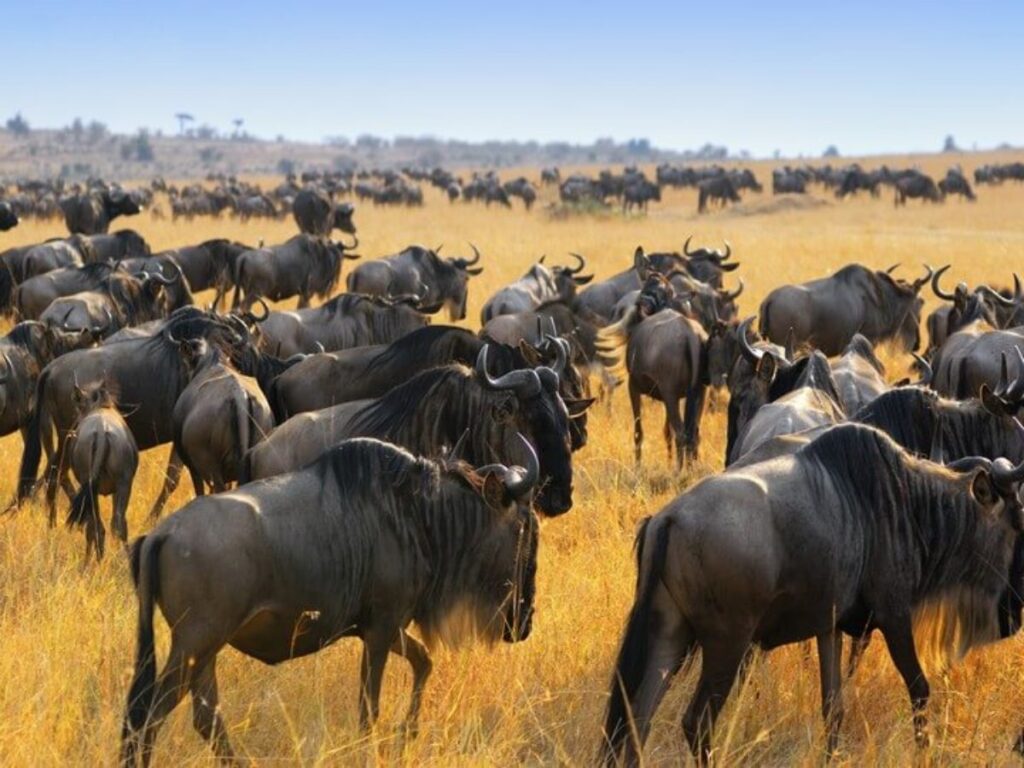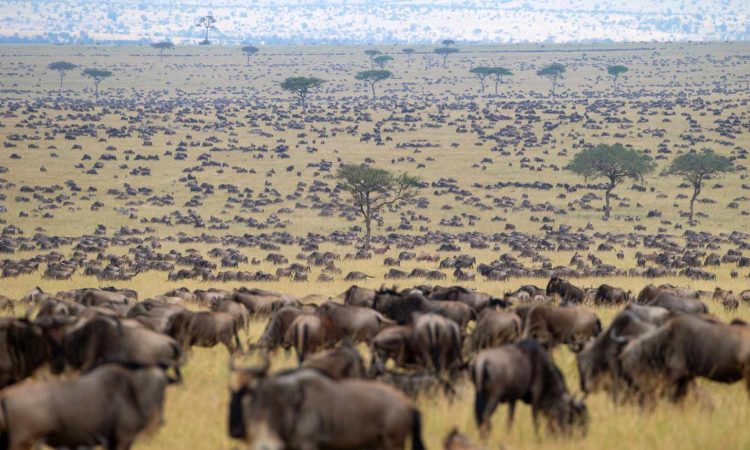Top East African Safari Destinations: The Ultimate Adventure
Top East African Safari Destinations for the Ultimate Adventure There’s a reason East Africa is synonymous with the word “safari.” It’s a land of breathtaking landscapes, unparalleled wildlife density, and cultural richness that calls to the soul of every adventurer. From the thunderous hooves of the Great Migration to the silent prowl of a leopard at dusk, the experiences here are truly once-in-a-lifetime. But with so many incredible parks and reserves, how do you choose where to go? At Pumba Adventure, we’ve guided countless travelers through these wild heartlands. Here’s our curated list of the top East African safari destinations you must consider for your journey. 1. Serengeti National Park, Tanzania: The Endless Plains Best for: The Great Migration, vast savannah, big cat sightings. The name ‘Serengeti’ derives from the Maasai word Siringet, meaning “the place where the land runs on forever.” It’s a fitting name for this UNESCO World Heritage Site, renowned for its iconic, sprawling grasslands. The Great Migration: Witness the awe-inspiring spectacle of over 1.5 million wildebeest and hundreds of thousands of zebras and gazelles moving in a continuous cycle of life and death. The dramatic river crossings in the Northern Serengeti (around July-October) are a world-class wildlife event. Year-Round Game Viewing: Even outside the migration, the Serengeti boasts incredible populations of lions, leopards, cheetahs, elephants, and giraffes. Hot Air Balloon Safaris: Soar silently above the plains at sunrise for a perspective you’ll never forget 2. Maasai Mara National Reserve, Kenya: The Classic Safari Best for: Big Five viewing, river crossings, cultural experiences. The Maasai Mara is Kenya’s flagship reserve, an extension of the Serengeti ecosystem. It’s often described as more “rolling” and has a higher density of wildlife, making game viewing exceptionally rewarding. The Mara River Crossings: The Kenyan side of the migration (approximately August-October) offers some of the most dramatic and photographed river crossings. The Big Five: The Mara is one of the best places in Africa to see lions, leopards, elephants, buffalo, and rhinos all in one place. Maasai Culture: Engage with the iconic Maasai people, visit a traditional manyatta (village), and learn about their ancient, pastoralist way of life 3. Ngorongoro Crater, Tanzania: The Garden of Eden Best for: Guaranteed wildlife sightings, unique geography, high-density game viewing. The Ngorongoro Crater is not a park but a massive, intact volcanic caldera. This natural amphitheater creates a self-contained ecosystem with some of the highest densities of mammals on earth. A World Apart: Descend 600 meters into the crater floor for a safari experience like no other. The scenery is stunning, with a soda lake, forests, and open plains. See the Rare Black Rhino: The crater is one of the best places in Tanzania to see the critically endangered black rhinoceros. All-Year Destination: Due to the constant availability of water and grass, wildlife remains in the crater year-round, making it a fantastic destination in any season. 4. Bwindi Impenetrable Forest, Uganda: Primate Paradise Best for: Gorilla trekking, unique rainforest experience, birdwatching. For a completely different but equally profound safari experience, head to the misty mountains of Uganda. Bwindi is a ancient, dense rainforest and a UNESCO World Heritage Site, home to almost half of the world’s remaining mountain gorillas. Gorilla Trekking: The primary draw is trekking through the lush vegetation to spend a magical hour observing a habituated family of mountain gorillas. It’s a humbling and emotional encounter. Biodiversity Hotspot: Besides gorillas, the forest is home to chimpanzees, other primates, and over 350 species of birds. Community Tourism: Support local communities through cultural walks and performances, adding a rich layer to your adventure. 5. Amboseli National Park, Kenya: Land of Giants Best for: Elephant herds, stunning views of Mount Kilimanjaro, photography. Famous for its postcard-perfect views of Africa’s highest mountain, Mount Kilimanjaro, Amboseli is a park of swamps and dry plains that attract massive herds of elephants. Iconic Photographs: Capture the classic shot of elephants strolling across the plains with the snow-capped peak of Kilimanjaro in the background. Large Elephant Herds: Observe some of the most studied elephant families in the world, known for their impressive tusks. Maasai Culture: The park is located on Maasai land, and cultural visits are a key part of the experience here as well. Choosing the right safari destination is the first step toward an unforgettable journey. Each of these East African gems offers a unique window into the wildest and most beautiful places on Earth. At Pumba Adventure, we specialize in crafting bespoke safari experiences tailored to your dreams. We handle all the details—from expert guides and comfortable accommodations to seamless logistics—so you can immerse yourself completely in the magic of Africa. Contact us today to start planning your adventure to these top East African safari destinations! https://pumbaadventures.com/contact/ View Our Packages Queen Elizabeth National Park 4 Day Tour 9 Days Mt. Rwenzori Experience Primates and Wildlife of Uganda & Rwanda 12 Day Safari 14 Days Pearl of Africa Safari 15 Days Uganda – Tanzania Wildlife Circuit 6 Days Uganda Gorilla Trekking and Wildlife Experience 5 Days Big Five Uganda Safari Kidepo Valley 3 Day Fly-in Tour Murchison Falls 5 Day Tour Adventure Daycation Tour Tanzania 5 Day Tour 3 Day Gorilla Trekking Safari Classic Uganda – Kenya 13 Day Safari 12 Day Tanzania Luxury Safari 8 Day Gorilla trekking and Masai Mara Safari

